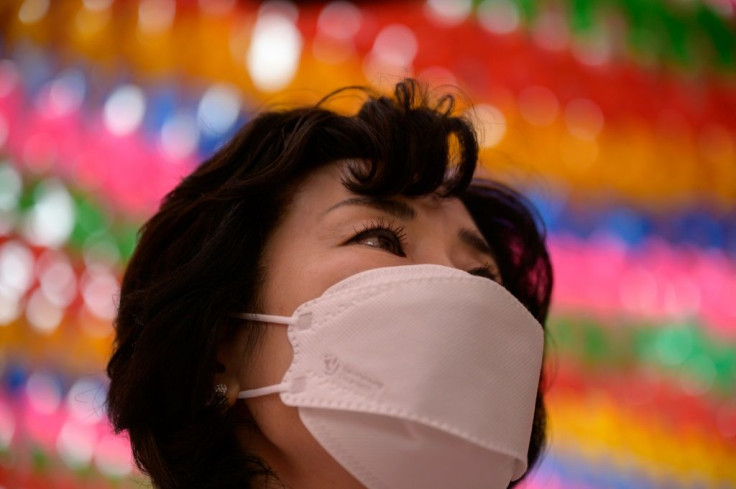Homemade Face Covering: This Common Home Fabric Found More Effective Than Medical Masks

Face masks play a vital role in preventing the spread of infections as well as preventing the individuals from contracting an airborne infection. The Centers for Disease Control and Prevention (CDC) recommends using homemade face masks in public places. However, people still are uncertain about the mask’s effectiveness in preventing coronavirus outbreaks. But a new study emphasizes best fabric choices for an effective homemade face mask.
Are facial masks really necessary?
The droplets released in the air while sneezing or coughing are comparatively larger than those released while speaking and breathing. However, all of them might carry several virus particles that are capable of infecting others. While the larger droplets tend to fall nearby due to gravity, it is the smaller ones that can travel far, with the majority of them remaining within six feet from the infected person.
Unfortunately, symptomatic, asymptomatic as well as presymptomatic carriers can shed the deadly novel coronavirus and it can be impossible to tell without testing who might be the sources of the infection. Therefore, a physical barrier such as a facial mask can help prevent the coronavirus from spreading.
Researchers at the University of Illinois at Urbana-Champaign sought to ascertain the performance of different types of fabrics in blocking high-velocity droplets, using a 3-layered commercial medical mask as a benchmark material.
Here’s what the study revealed and recommended:
- Materials chosen for making a homemade mask should be as breathable as possible without compromising the blocking efficiency.
- Most home fabrics block droplets substantially even when used as a single layer.
- With two layers, it can block similar to a surgical mask without compromising breathability.
- Home fabrics are also hydrophilic to varying degrees and can soak water, compared to hydrophobic medical masks that repel water.
The recommended fabric: T-shirt material
Upon testing 10 different household fabrics including cotton, polyester, and silk, the findings suggested that t-shirt material had 40% or higher droplet blocking capacity when used as a single later. And when used in two layers, T-shirt fabric had a droplet blocking efficiency of 98%- which exceeds that of the medical mask alongside offering better breathability.
“Overall, our study suggests that most double-layered cloth face coverings may help reduce droplet transmission of respiratory infections,” concluded the study.
© Copyright IBTimes 2025. All rights reserved.






















